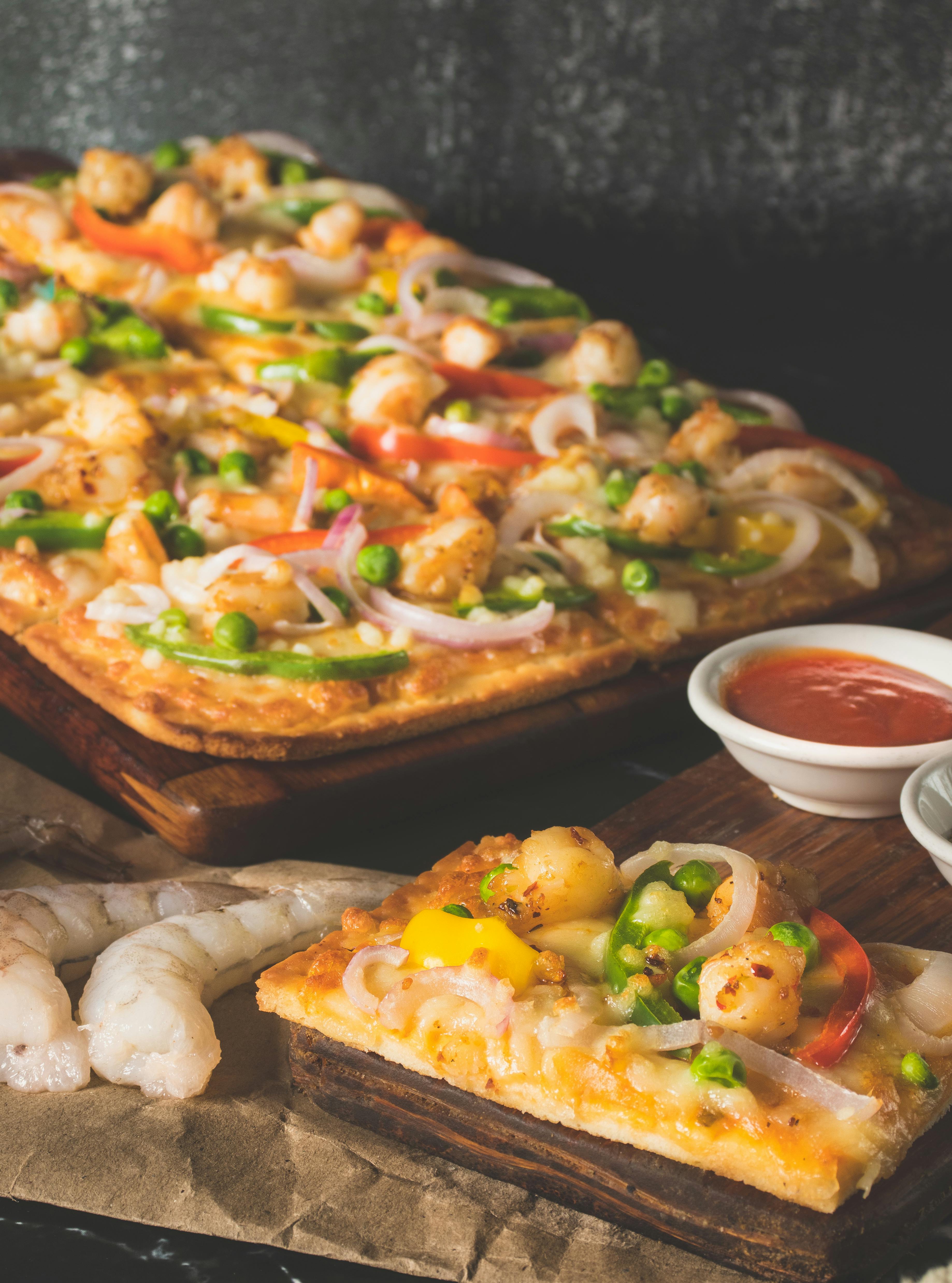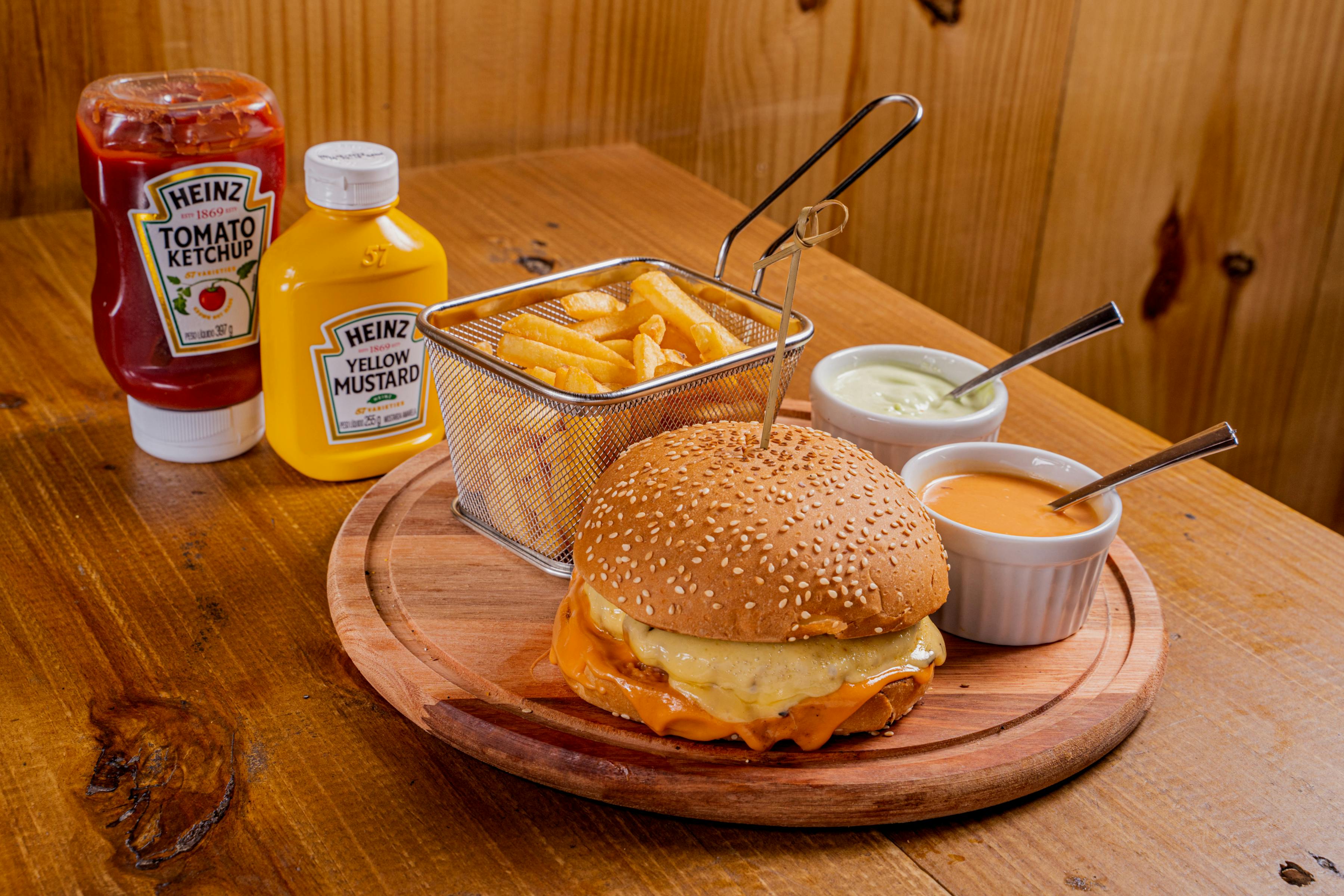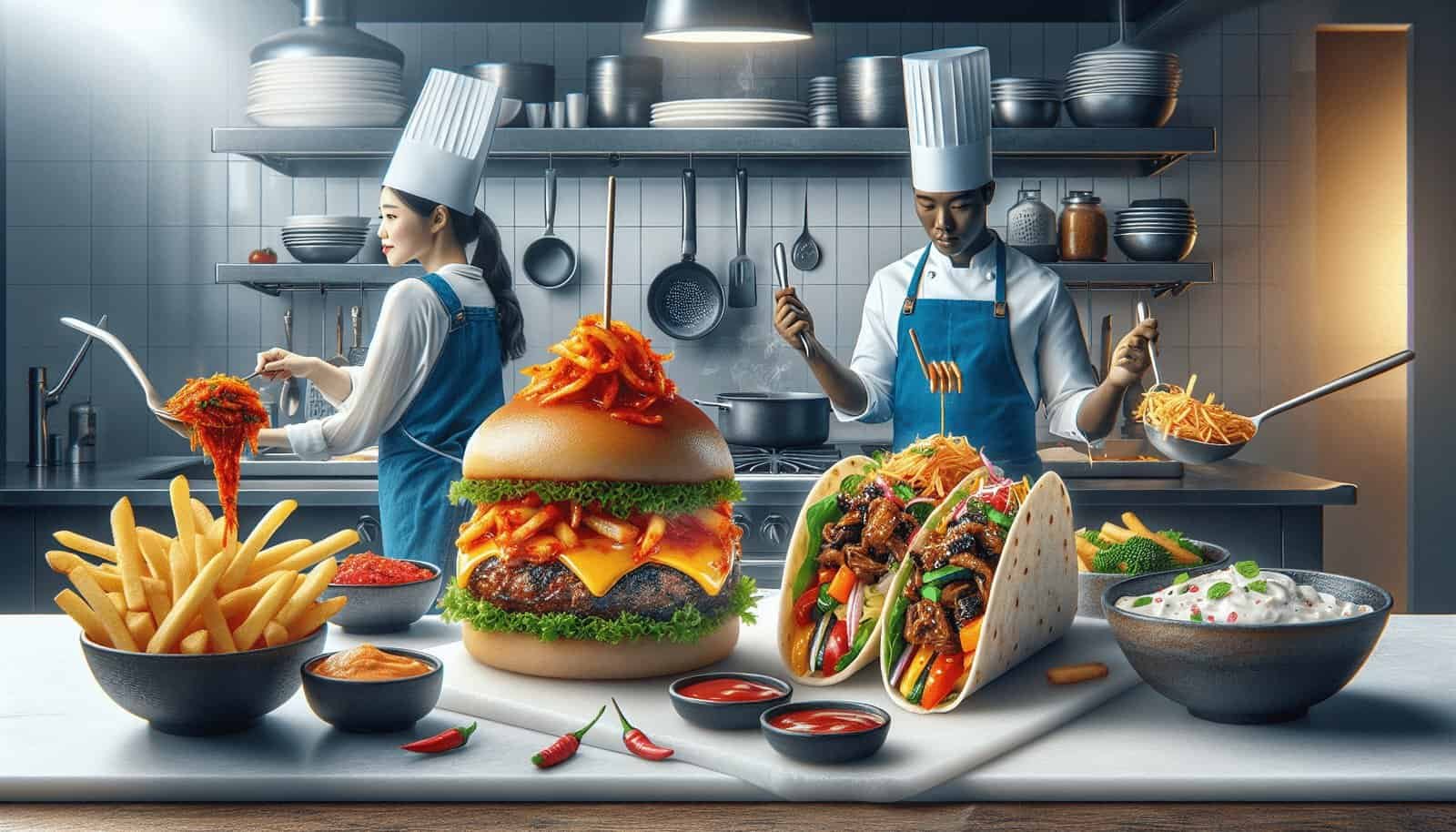Are you ready to embark on a culinary adventure that will tantalize your taste buds and broaden your culinary horizons? In this article, we will explore the fusion of Korean and Western culinary styles, discovering the secrets to creating dishes that seamlessly blend the bold flavors of Korea with the familiar comforts of Western cuisine. Whether you’re a seasoned chef or an eager home cook, get ready to unlock a whole new world of gastronomic possibilities as we delve into the art of creating fusion dishes that will leave you craving for more.

Understanding Korean and Western Culinary Styles
Exploring Korean Culinary Style
Korean culinary style is known for its bold flavors, vibrant colors, and diverse ingredients. The cuisine is characterized by the use of fermented ingredients, such as kimchi and doenjang, as well as a wide array of spices and seasonings. Korean dishes often feature a combination of savory, spicy, and sour flavors, creating a harmonious balance. The emphasis on fresh ingredients and meticulous preparation techniques further adds to the unique appeal of Korean cuisine.
Understanding Western Culinary Style
On the other hand, Western culinary style is known for its emphasis on individual flavors and nuanced cooking techniques. Western cuisine often highlights the natural flavors of high-quality ingredients through techniques such as grilling, roasting, and braising. The use of herbs, spices, and sauces is common in Western cooking to enhance the flavor profiles of dishes. From classic French techniques to modern American innovations, Western culinary styles offer a wide range of flavors and textures.
Identifying Common Ingredients
Overlap of Ingredients
Although Korean and Western culinary styles may seem distinct, there are several common ingredients that can be found in both cuisines. Ingredients like garlic, onions, ginger, and various types of seafood are used in both Korean and Western dishes, albeit in different ways. By identifying these common ingredients, you can bridge the gap between the two culinary traditions and create fusion dishes that seamlessly blend their flavors.
Understanding Flavor Profiles
Both Korean and Western cuisines have unique flavor profiles. Korean cuisine tends to be bold, with a balance of sweet, savory, spicy, and sour flavors. Ingredients like gochujang, soy sauce, and fermented products contribute to the distinctive taste of Korean dishes. On the other hand, Western cuisine often emphasizes the natural flavors of ingredients, with herbs, spices, and sauces complementing and enhancing the overall taste. Understanding these flavor profiles is crucial in creating fusion dishes that maintain the essence of both culinary styles.

Fusion Cooking Techniques
Marrying Korean and Western Techniques
To create successful fusion dishes, it is essential to marry the cooking techniques of Korean and Western cuisine. For example, you can incorporate grilling techniques from Western cuisine while utilizing Korean marinades and seasonings to infuse bold flavors. By combining various cooking methods such as stir-frying, sautéing, and braising, you can explore the unique possibilities that arise from the fusion of these culinary techniques.
Experimenting with Different Cooking Methods
Don’t be afraid to experiment with different cooking methods to create fusion dishes. For instance, you can try using traditional Korean ingredients like gochujang in Western-style stews or incorporating Western grilling techniques to prepare marinated Korean meats. By thinking outside the box and trying out unconventional combinations, you can discover exciting new flavors and textures that blend the best of both culinary styles.
Creating a Balanced Flavor Profile
Combining Sweet, Savory, Spicy, and Sour
A key aspect of Korean cuisine is the harmony between sweet, savory, spicy, and sour flavors. To create fusion dishes, it is essential to balance these flavors with the individual characteristics of Western cuisine. By combining the richness of Western ingredients with the boldness of Korean seasonings, you can achieve a well-rounded and satisfying flavor profile. Experiment with the proportions of each flavor element to find the perfect balance that appeals to your taste buds.
Understanding the Importance of Balance
Maintaining a balance between different flavors is crucial in fusion cooking. While it can be tempting to go all out with bold and intense flavors, it is important to consider the overall taste and ensure that no single element overpowers the dish. Whether it’s sweet and tangy Korean barbecue sauce or a subtle hint of gochugaru in a Western-style pasta, finding a harmonious balance will elevate your fusion dishes to new heights.

Integrating Korean Seasonings
Utilizing Traditional Korean Condiments
Traditional Korean condiments play a vital role in infusing Korean flavors into fusion dishes. Ingredients like gochujang, soy sauce, doenjang, and sesame oil can easily be incorporated into Western recipes, adding depth and complexity to the flavors. Experiment with using these condiments in various dishes, such as marinades, dressings, or even as flavor enhancers for soups and stews. The unique taste profiles of these Korean seasonings will bring a distinct and exciting twist to your fusion creations.
Incorporating Gochujang, Soy Sauce, and Fermented Ingredients
Gochujang, a fermented red chili paste, and soy sauce are staple ingredients in Korean cuisine. These condiments can be used to infuse both heat and umami into fusion dishes. Additionally, fermented ingredients like kimchi and doenjang can lend a tangy and complex flavor to a variety of Western dishes. Incorporating these Korean seasonings and fermented ingredients in moderation will add a layer of depth and complexity to your fusion culinary experiments.
Adapting Western Ingredients
Using Local Produce
When blending Korean and Western culinary styles, it is important to adapt to your local environment. Incorporating locally sourced produce into your fusion dishes not only ensures freshness but also adds a unique touch to the overall flavor. Instead of importing Korean ingredients, explore the local markets and discover ingredients that pair well with both Korean and Western flavors. This not only supports local farmers but also adds an element of surprise and cultural exchange to your fusion creations.
Incorporating Western Sauces and Spices
To achieve a harmonious fusion, it is crucial to incorporate Western sauces and spices into your Korean-inspired dishes. By using ingredients like Worcestershire sauce, balsamic vinegar, or fresh herbs, you can enhance the Western aspects of your fusion dishes. These additions will help create a seamless blend of Korean and Western flavors, allowing the best of both culinary worlds to shine through.

Experimenting with Fusion Dishes
Start with Familiar Recipes
When beginning your journey into Korean-Western fusion cooking, starting with familiar recipes is a great way to ease into the process. Choose a dish that you are comfortable with preparing, be it a pasta dish, a stir-fry, or a salad. Once you are familiar with the basic techniques, you can gradually incorporate Korean elements to give the dish a unique twist.
Gradually Introduce Korean Elements
Building on familiar recipes, gradually introduce Korean elements into your fusion dishes. Start by incorporating small amounts of Korean seasonings or condiments to gauge the impact on the overall flavor profile. As you become more confident, try experimenting with more significant substitutions or additions. This gradual approach allows you to understand the impact of each ingredient and adjust the fusion balance accordingly.
Exploring Unconventional Combinations
To truly push the boundaries of Korean-Western fusion, don’t be afraid to explore unconventional combinations. Experiment with different ingredient pairings, cooking techniques, and even plating styles. Perhaps you could try marinating a Western-style steak with gochujang-infused sauce or creating a fusion dessert that combines traditional Korean ingredients with Western pastry techniques. The possibilities are endless, and by embracing creativity in your fusion dishes, you can achieve truly unique and exciting culinary creations.
Honoring Traditional Korean Dishes
Maintaining Authenticity
While fusion cuisine allows for creative interpretations, it is important to honor the essence of traditional Korean dishes. Respect the history, culture, and techniques that have been passed down for generations. Even as you experiment with fusion concepts, strive to maintain the core flavors and characteristics that make Korean cuisine special. By doing so, you not only pay homage to the culinary heritage but also create fusion dishes that are rooted in tradition.
Adapting Techniques to Fusion Concept
Adapting traditional Korean cooking techniques to the fusion concept is crucial in creating successful fusion dishes. For example, instead of stir-frying with high heat, consider a slower and more precise cooking method that is commonly used in Western cuisine. This balance between maintaining the integrity of Korean techniques while embracing Western influences will result in fusion dishes that are innovative yet grounded in culinary expertise.
Presentation and Plating
Infusing Korean Aesthetics
Presentation and plating play a significant role in Korean cuisine, as it aims to create visually appealing dishes that stimulate the senses. Incorporate elements of Korean aesthetics into your fusion dishes by utilizing traditional Korean tableware, arranging food in an artful manner, and garnishing with fresh herbs or edible flowers. This attention to detail not only enhances the overall dining experience but also pays tribute to the cultural importance of presentation in Korean cuisine.
Creating Harmonious Visuals
When presenting fusion dishes, strive for balance and harmony in terms of colors, textures, and heights. Consider the visual appeal of contrasting elements, such as incorporating vibrant Korean side dishes alongside a Western-style entrée. By creating visually enticing dishes that blend the aesthetics of both culinary styles, you enhance the overall dining experience and showcase the seamless fusion of Korean and Western cuisine.
Seeking Inspiration from Korean-Western Fusion Chefs
Researching Prominent Chefs and Their Creations
To gain inspiration and a deeper understanding of Korean-Western fusion cuisine, it is valuable to research prominent chefs who have successfully blended these culinary styles. Explore their unique creations, techniques, and flavor combinations to expand your knowledge and creative possibilities. By learning from these culinary trailblazers, you can further refine your own fusion dishes and develop your personal culinary style.
Attending Fusion Kitchen Events and Workshops
Attending fusion kitchen events and workshops is an excellent way to immerse yourself in the world of Korean-Western fusion cooking. These events offer opportunities to learn from experienced chefs, explore new cooking techniques, and exchange ideas with fellow enthusiasts. Take advantage of these gatherings to expand your culinary network, gain valuable insights, and stay up-to-date with the latest trends and developments in the realm of fusion cuisine.
In conclusion, creating fusion dishes that blend Korean and Western culinary styles is an exciting and creative journey. By understanding the unique characteristics of both cuisines, identifying common ingredients, experimenting with different cooking methods, and utilizing traditional Korean seasonings and Western ingredients, you can create innovative and delicious fusion dishes. Remember to seek inspiration from Korean-Western fusion chefs, maintain a balance of flavors, honor the authenticity of traditional Korean dishes, and pay attention to presentation and plating. With passion, creativity, and an open mind, you can embark on a culinary adventure that combines the best of Korean and Western cuisine.
